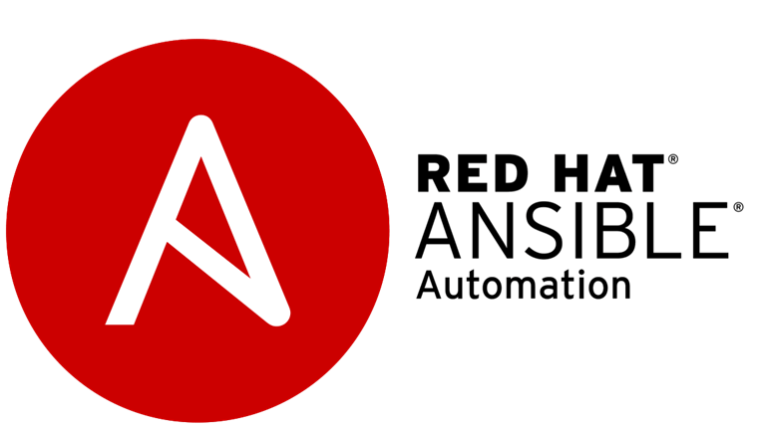- Posted on
- user
- 2 Comments
Ansible AWS EC2 Dynamic Inventory

Step 1:Make sure you have installed python3 and pip in your Ansible server.
python3 --versionIf you don’t have python3, you can install it using the following command.
sudo yum install python3 -y
sudo yum -y install python-pipStep 2: Install the boto3 library. Ansible uses the boto core to make API calls to AWS to retrieve ec2 instance details.
sudo pip install boto3If you will not install boto3, you will get below error.
ERROR! The ec2 dynamic inventory plugin requires boto3 and botocore.Step 3: Create an inventory directory under /opt and cd into the directory.
sudo mkdir -p /opt/ansible/inventory
cd /opt/ansible/inventoryStep 4: Create a file named aws_ec2.yaml in the inventory directory.
sudo vi aws_ec2.yaml
Step 5 : Create a file named aws_ec2.yaml in the inventory directory.
inventory directory: /opt/ansible
Default inventory is: /etc/ansible/hosts
You can change the inventory location as per your requirement, but you have to specify your inventory location in ansible configuration file.
Copy the following configuration to the aws_ec2.yaml file.
---
plugin: aws_ec2
regions:
- ap-south-1
filters:
tag:Environment: prod
Note: You can change the tags as per the requirement.
Step 6 : Create a role with admin access policy and attach it to the server.
Note: if you don’t want to Create role, then you can put access and secret keys in the aws_ec2.yaml, but it is not a good practice.
Step 7 : Enable EC2 plugin
Open /etc/ansible/ansible.cfg file.
sudo vi /etc/ansible/ansible.cfgFind the [inventory] section and add the following line to enable the ec2 plugin.
enable_plugins = aws_ec2Step 8 : Now it’s time to test our dynamic inventory.
Run the below ad hoc command to test our dynamic inventory.
ansible-inventory -i /opt/ansible/inventory/aws_ec2.yaml --list
i want to talk to you bro regarding ansible project plz reach out : 8367224711
Thanks for your blog, nice to read. Do not stop.